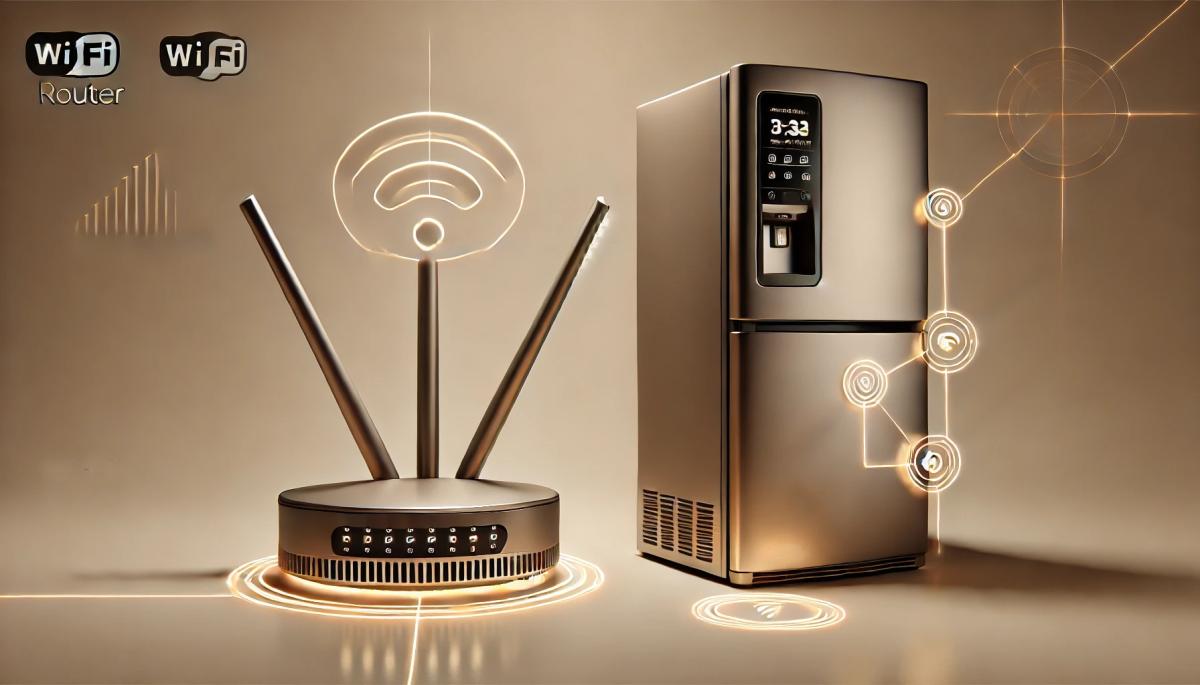Wi-Fi 6: Faster, more stable, and more efficient internet for your home and office
Wi-Fi 6, the latest wireless network standard, brings a revolution in speed, capacity, and efficiency. With new technologies like OFDMA, MU-MIMO, and BSS Coloring, it can provide up to four times the throughput and serve more devices simultaneously. Find out how Wi-Fi 6 can help you at home and in the office.

Wi-Fi has long been one of the most used wireless technologies for internet connectivity. With the continuously growing demands for speed and stability, innovation becomes necessary. The latest advancement is Wi-Fi 6, promising significant improvements in the performance and usability of wireless networks. What new features does it offer, and how could it impact our daily lives?
What is Wi-Fi 6?
Wi-Fi 6, also known as 802.11ax, is the latest standard for wireless networks. It is designed to increase speed, capacity, and efficiency, especially in high-density device environments. This allows for the seamless connection of an entire smart home without interference or unwanted outages.
Main advantages of Wi-Fi 6
Wi-Fi 6 builds on the foundations of previous standards but offers numerous improvements for better performance and connection stability.
Higher speed
Wi-Fi 6 theoretically enables speeds up to 9.6 Gbps, nearly three times the maximum speed of the previous Wi-Fi 5 (802.11ac) standard. In practice, this means users can expect faster data downloads and uploads, smoother video streaming, and better response times during online gaming.
Greater network capacity
As the number of connected devices in homes and offices increases, the ability to handle multiple devices simultaneously is key. Wi-Fi 6 uses OFDMA (Orthogonal Frequency Division Multiple Access) technology, allowing for more efficient use of the bandwidth. It can serve up to four times more devices than previous standards.
Lower latency
Latency, or the delay between sending and receiving data, is critical for response-sensitive applications such as online games, video conferencing, or virtual reality. Wi-Fi 6 reduces latency through Target Wake Time (TWT) technology, allowing devices to communicate with the router more efficiently and conserve energy.

Better coverage and penetration
Wi-Fi 6 uses beamforming technology, allowing routers to direct signals to individual devices instead of broadcasting in all directions. This improves coverage and signal strength, especially in larger spaces or areas with obstacles. Users can expect more stable connections throughout the home or office.
Compatibility and availability
While Wi-Fi 6 is relatively new, many devices already support it. Many smartphone, tablet, laptop, and other device manufacturers offer models with Wi-Fi 6 support.
To leverage all the benefits of this standard, a compatible router is necessary.
On the other hand, it is backward compatible with previous standards, meaning even older devices can connect to a Wi-Fi 6 router. However, they will not be able to utilize all the new features and improvements it offers.
The future of Wi-Fi
Wi-Fi 6 represents a significant step forward in the evolution of wireless networks. With the increasing number of connected devices and demands for speed and stability, this standard will play a crucial role in the future of Wi-Fi.
Wi-Fi 6 is expected to be widely adopted not only in homes and offices but also in public spaces like airports, stadiums, or shopping centers. Its ability to manage a large number of devices and provide fast and stable connections makes Wi-Fi 6 ideal for high-density user environments.
The next step in Wi-Fi's evolution will be the Wi-Fi 7 (802.11be) standard, currently being developed. Compared to the current standard, it promises even higher speeds, lower latency, and better spectrum utilization. Some devices already support Wi-Fi 7, including the iPhone 16.
If you're considering upgrading your router or getting a new device, investing in products with Wi-Fi 6 support might be a good idea. This will ensure your network is ready for future demands and provides you with fast, stable, and reliable internet connectivity.
Code.org Studio: A Simple and Fun Start into the World of Programming

Code.org Studio is a popular online tool that offers children (and adults) access to fun and interactive programming lessons. With the help of visual block commands, they can easily create animations, games, and applications, develop logical thinking, and enhance creativity.
Kodu Game Lab: Teach Kids to Code Their Own Games

Kodu Game Lab is an innovative platform for teaching programming, allowing kids to create their own games using visual block coding. They can experiment with game design, and develop creativity and logical thinking.
AI revolution for $500 billion: Will the USA benefit from project Stargate?

Project Stargate is an ambitious initiative aimed at creating infrastructure for artificial intelligence in the USA. The goal is to invest $500 billion over the next four years. Supported by giants like OpenAI, SoftBank, and Microsoft, the project promises thousands of jobs and economic dominance for the USA.
RoboMind: Teach kids to program robots

RoboMind is an educational tool designed to teach the basics of programming using a virtual robot. It uses the simple Robo programming language, which is an ideal choice for beginners. Students learn algorithmic thinking through practical tasks such as navigating mazes or manipulating objects.
OpenAI chief shocks: wants superintelligent AI in a few years

Sam Altman, CEO of OpenAI, announced that the company already knows how to create general artificial intelligence and is aiming for the development of superintelligence. According to his prediction, it could become a reality in just a few years. Although current AI systems still have significant shortcomings, Altman believes in their rapid overcoming.
Minecraft: Education Edition: teach kids programming with a popular game

Minecraft: Education Edition connects the popular gaming world with education. Kids can explore programming, collaborate on problem-solving, and learn new skills in a familiar, creative setting. How does it work and is it suitable for younger children?